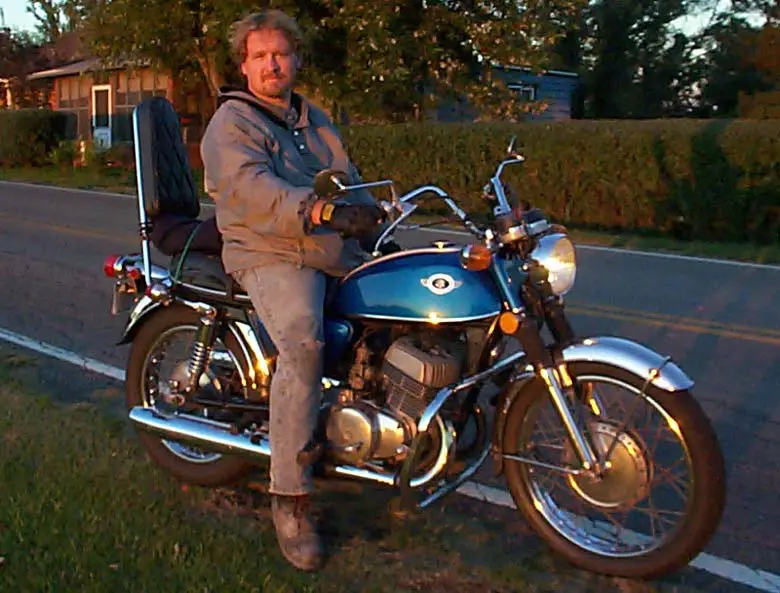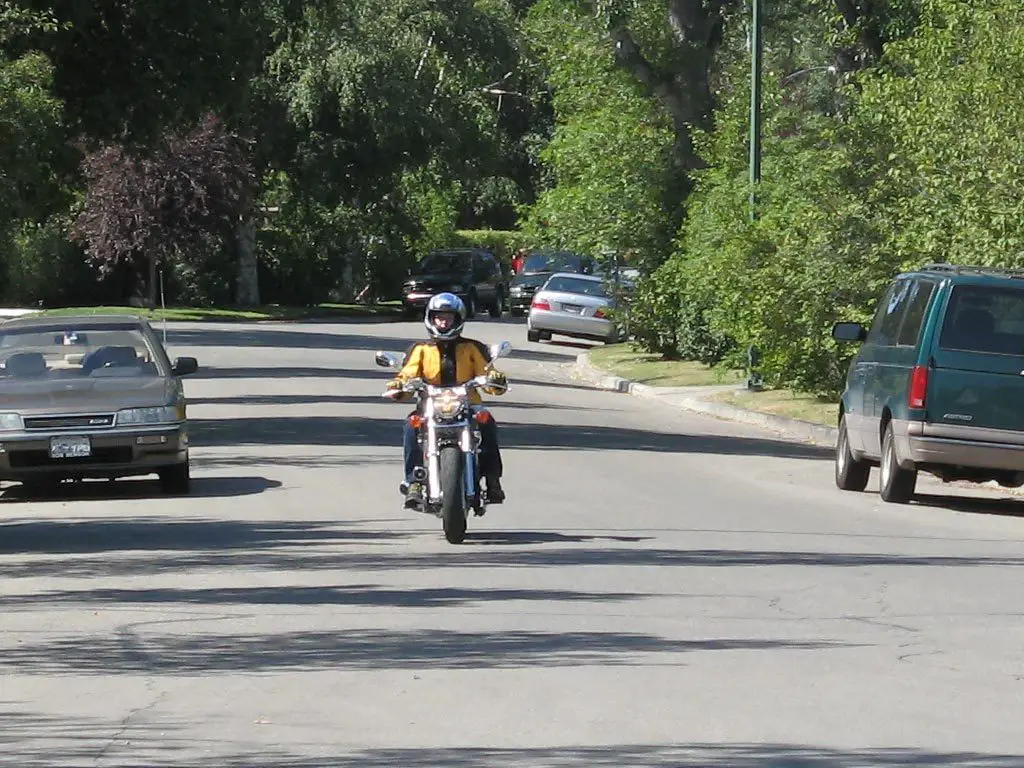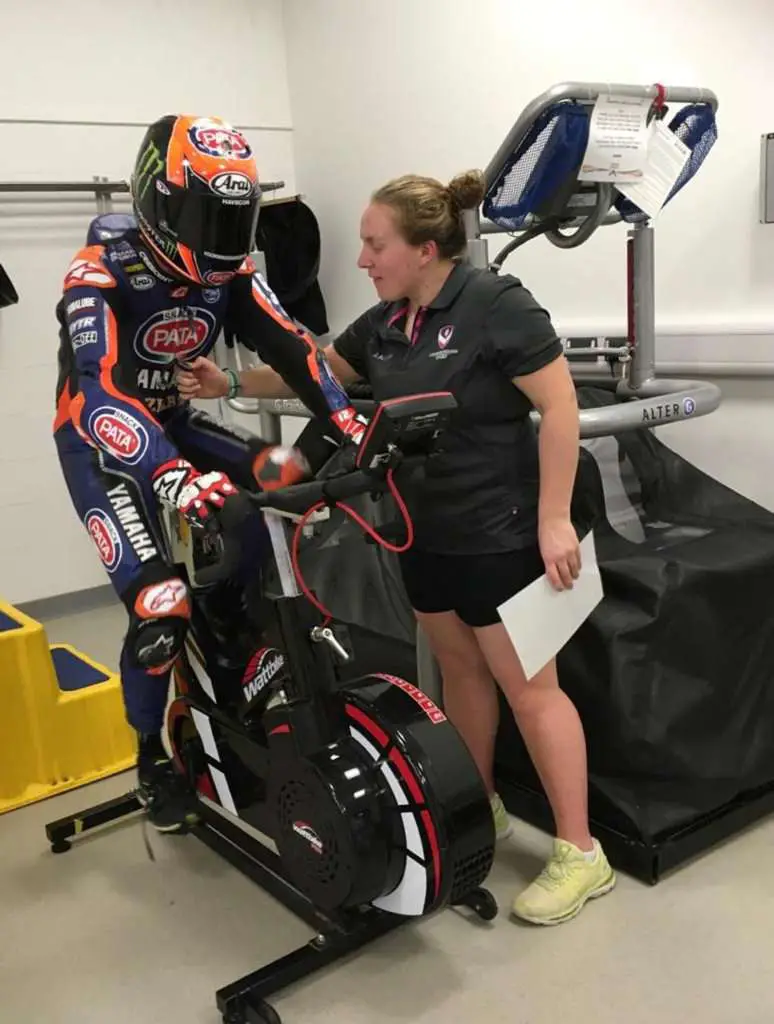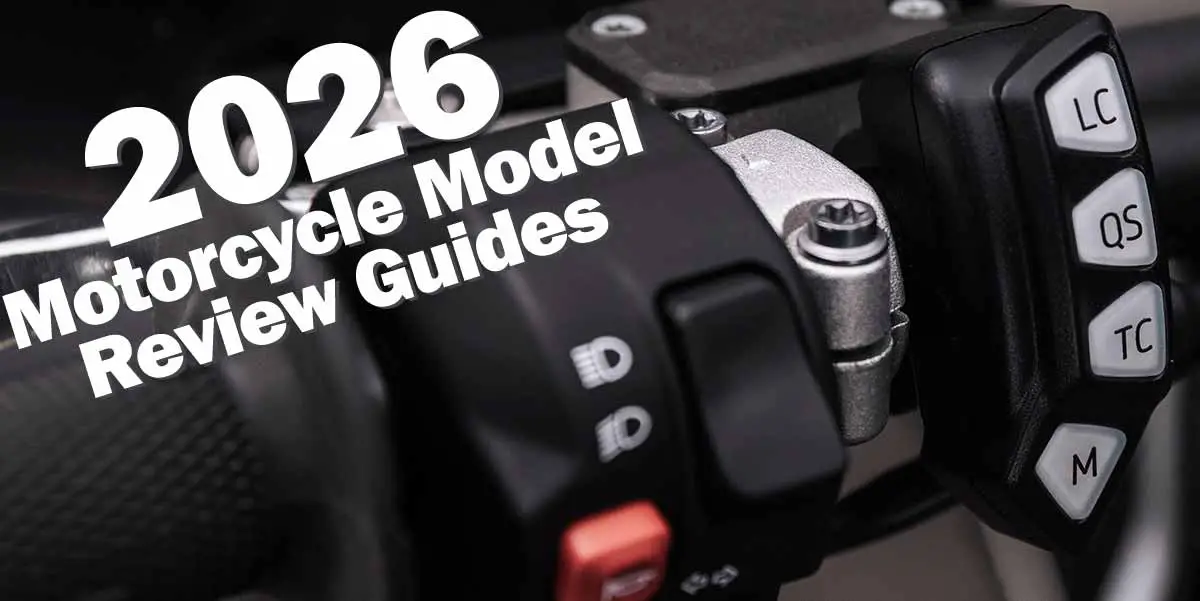
From Garage Wisdom to Formal Training
Before there were rider schools, there were uncles, neighbors, and parking lots.
Rider training in North America started informally, and stayed that way for decades.
📜 The Early Days
In the 1950s–70s, most riders in the USA and Canada learned the hard way, through trial, error, and storytelling. There were no standardized courses, no licensing tiers, and no formal curriculum. You got a bike, found a friend who rode, and hoped for the best.
- Training Style: Informal, anecdotal, often missing safety fundamentals
- Licensing: Basic written test, sometimes no road test required
- Gear Culture: Minimal, jeans, leather jacket, open-face helmet if anything
This era produced confident, independent riders, but also high accident rates. Without structured training, many riders lacked emergency braking skills, cornering technique, or hazard awareness.
🏍️ The Shift Begins
By the late 1970s, governments and safety advocates began pushing for formalized training. Insurance companies noticed that trained riders had fewer claims. Motorcycle manufacturers wanted safer customers. And riders themselves started asking for better ways to learn.
Enter the Motorcycle Safety Foundation (MSF) in the USA, and provincial training programs in Canada. These organizations introduced structured, curriculum-based rider education, with classroom theory, closed-course practice, and certified instructors.
📊 Training Comparison Table
| Era | Training Format | Licensing | Gear Norms |
|---|---|---|---|
| 1950s–70s | Informal, peer-taught | Written test only | Minimal or none |
| 1980s–90s | MSF, provincial programs | Written + road test | Helmet, gloves, jacket |
| 2000s–Today | Structured curriculum, multi-day | Graduated licensing (Canada) | Full gear often required |
🚫 Myth‑Busters
✅ Reality: Riding skill isn’t just about balance and throttle, it’s about hazard awareness, braking technique, and decision-making under pressure. Training builds those skills.
✅ Reality: Advanced courses (like MSF’s ARC or Canada’s Gearing Up Level 2) help experienced riders sharpen skills, break bad habits, and stay safer long-term.
✅ Reality: Instinct is trained through repetition. Emergency braking, swerving, and scanning become second nature when practiced in structured environments.
🛠️ DIY Drill
Ask three riders how they learned to ride. One might say “my dad taught me in a parking lot.” Another might say “I took MSF and passed my test.” A third might say “I learned on dirt bikes as a kid.” Compare their confidence, habits, and safety awareness. Then ask yourself: What kind of rider do I want to be, and what kind of training will get me there?
✅ Key Takeaways
- Rider training in North America evolved from informal garage wisdom to structured, curriculum-based programs.
- MSF in the USA and Gearing Up in Canada set the standard for beginner and intermediate training.
- Formal training reduces accident risk, improves confidence, and builds real-world skills.
- Even experienced riders benefit from advanced courses, training isn’t just for beginners.
- Understanding how training evolved helps riders appreciate its value and choose the right path forward.
🏍️ From parking lots to precision drills, rider training has come a long way. Let’s explore how it works today.
📚 Modern Training Programs in USA & Canada
From parking lot drills to multi-day courses, rider training today is structured, accessible, and designed to build confidence, not just pass a test.
USA: MSF and Beyond
The Motorcycle Safety Foundation (MSF) is the backbone of rider education in the United States. Founded in 1973, MSF created a standardized curriculum that’s now used in most states. Their flagship course, the Basic RiderCourse (BRC), combines classroom theory with hands-on riding in a controlled environment.
- Duration: Typically 2–3 days (classroom + range)
- Includes: Loaner bikes, helmets, certified instructors
- Outcome: Completion often waives DMV road test
MSF also offers advanced courses like the Advanced RiderCourse (ARC) and Street Strategies for experienced riders. These focus on cornering, braking, and real-world hazard management.
Canada: Gearing Up & Graduated Licensing
In Canada, rider training is managed provincially. The most widely adopted curriculum is Gearing Up, developed by the Canada Safety Council. It’s similar to MSF but tailored to Canadian licensing systems and seasonal riding conditions.
- Duration: 2–3 days, often with classroom and range components
- Includes: Loaner bikes, gear requirements, certified instructors
- Outcome: Graduated licensing support (e.g., M1 → M2 in Ontario)
Provinces like Ontario, Alberta, and British Columbia have graduated licensing systems (M1 → M2 → M), which require riders to complete training and pass road tests over time. This staged approach helps build skills gradually and reduces crash risk.
📊 Program Comparison Table
| Program | Region | Duration | Includes | Benefits |
|---|---|---|---|---|
| MSF BRC | USA | 2–3 days | Bike, helmet, instructor | Waives DMV test, insurance discounts |
| MSF ARC | USA | 1 day | Own bike, advanced drills | Improves cornering, braking, hazard response |
| Gearing Up | Canada | 2–3 days | Bike, gear, instructor | Supports graduated licensing, builds confidence |
| M1 → M2 → M | Canada (Ontario) | Varies | Written + road tests | Staged learning, reduced crash risk |
🚫 Myth‑Busters
✅ Reality: Good training builds real-world skills, braking, cornering, scanning, and hazard response. Passing the test is just the beginning.
✅ Reality: Riding requires a completely different skill set, balance, countersteering, and risk management. Car habits don’t transfer.
✅ Reality: Modern courses are hands-on, fast-paced, and confidence-building. Most riders leave saying “I wish I’d done this sooner.”
🛠️ DIY Drill
Look up the nearest MSF or Gearing Up course in your area. Compare beginner vs advanced options. Read reviews from past students, what did they learn, and how did it change their riding? Then ask yourself: What skill do I want to improve most, and which course will help me get there?
✅ Key Takeaways
- MSF (USA) and Gearing Up (Canada) offer structured, proven training for new and experienced riders.
- Courses include classroom theory, hands-on practice, and often waive road tests or reduce insurance costs.
- Graduated licensing in Canada helps riders build skills over time, not all at once.
- Advanced courses sharpen cornering, braking, and hazard response, even for seasoned riders.
- Training isn’t just about passing, it’s about surviving, thriving, and enjoying the ride with confidence.
🏍️ Whether you’re starting out or leveling up, training is your shortcut to safer, smarter riding.
Advanced Training & Global Trends
Once you’ve mastered the basics, the real learning begins. Advanced rider training builds precision, confidence, and lifelong skill, on pavement, dirt, and track.
Why Advanced Training Matters
Many riders plateau after passing their license test, but the road doesn’t stop there. Advanced training helps riders refine technique, break bad habits, and prepare for real-world challenges. Whether it’s emergency braking at speed or navigating gravel switchbacks, these skills save lives.
Track Schools & Performance Clinics
In the USA and Canada, track-based training is growing fast. Programs like California Superbike School, FAST Riding School (Canada), and ChampSchool offer high-speed instruction in controlled environments.
- Focus: Cornering, throttle control, body position, braking
- Format: 1–2 day clinics, often on closed circuits
- Gear: Full leathers, track-ready helmet, gloves, boots
These schools aren’t just for racers, they’re for street riders who want to understand traction, lean angle, and control under pressure.
Many graduates say it’s the most valuable training they’ve ever done.
Dirt & Dual-Sport Training
Off-road skills translate directly to street safety. Programs like DART (USA), SMART Adventures (Canada), and RawHyde teach riders how to handle loose surfaces, steep climbs, and low-speed control.
- Focus: Balance, clutch finesse, terrain reading, recovery
- Format: Half-day to multi-day camps
- Gear: ADV boots, off-road helmet, hydration pack
Riders who train off-road often report better confidence on wet pavement, gravel shoulders, and emergency maneuvers. Dirt teaches you to trust the bike, and yourself.
Global Training Trends
| Country | Advanced Training Format | Unique Feature |
|---|---|---|
| UK | RoSPA, IAM RoadSmart | Voluntary post-license training with police-grade instructors |
| Australia | Stay Upright, HART | Government-backed advanced courses with insurance incentives |
| Japan | Honda Safety School | Factory-run training with simulator labs and precision drills |
| Germany | ADAC Motorrad Training | Track and street integration with high-speed braking zones |
🚫 Myth‑Busters
✅ Reality: Track schools and performance clinics are designed for street riders too. You’ll learn traction, braking, and cornering, not just speed.
✅ Reality: Dirt teaches balance, clutch finesse, and terrain reading, all of which improve street control, especially in emergencies.
✅ Reality: Riding is a lifelong skill. Advanced training helps you stay sharp, adapt to new bikes, and handle unexpected situations with confidence.
🛠️ DIY Drill
Choose one advanced skill you want to improve, cornering, braking, off-road control, or hazard scanning. Then research a course near you that focuses on that skill. Read reviews, watch videos, and compare formats. Ask: “Would this make me a safer, more confident rider?”
If the answer is yes, book it.
✅ Key Takeaways
- Advanced training builds real-world skills, from cornering and braking to off-road control and hazard response.
- Track schools help street riders understand traction, lean angle, and control under pressure.
- Dirt and dual-sport training improve balance, finesse, and confidence on unpredictable surfaces.
- Global programs offer unique formats, from police-grade instruction in the UK to simulator labs in Japan.
- Riding is a lifelong skill, and advanced training is how you keep growing, adapting, and thriving.
🏍️ Whether you ride street, dirt, or track, there’s always another level. Training is how you reach it.
Training Never Stops, And That’s a Good Thing
From garage wisdom to global precision, rider training has come a long way, and it’s still evolving. The more we learn, the better we ride.
📜 What We’ve Covered
- How informal, peer-taught riding shaped early North American culture
- How MSF and Gearing Up formalized training in the USA and Canada
- How licensing systems evolved to support safer, staged learning
- How advanced training, track, dirt, and global formats, builds lifelong skill
- Why myths about training still persist, and how to bust them
🧠 Why This Matters
Rider training isn’t just about passing a test, it’s about surviving the unexpected. It’s about knowing how to brake hard without panic, how to corner with confidence, and how to scan for hazards before they become emergencies.
Training also builds community. When riders take courses together, they share stories, swap tips, and build trust. It’s not just about skill, it’s about connection. And that connection makes the riding world safer, smarter, and more welcoming.
🌎 Global Lessons
Around the world, rider training reflects local values. In Japan, precision drills and simulator labs teach discipline. In the UK, voluntary post-license programs build lifelong habits. In Australia, government-backed courses reward safety with insurance discounts.
These global trends remind us: training isn’t a chore, it’s a privilege. The more we invest in it, the more we get back in confidence, control, and joy.
🛠️ DIY Drill
Make a personal training plan. Choose one skill you want to improve, braking, cornering, off-road control, or hazard scanning. Then find a course, video, or drill that targets that skill. Set a date, commit to it, and track your progress. Bonus: invite a riding buddy to join you. Learning together builds accountability and fun.
✅ Final Takeaways
- Training has evolved from informal advice to structured, proven programs, and it keeps improving.
- MSF and Gearing Up offer accessible, confidence-building courses for all skill levels.
- Advanced training unlocks new levels of control, safety, and enjoyment, on street, dirt, and track.
- Global programs offer fresh ideas, from simulator labs to police-grade instruction.
- Riding is a lifelong skill. Training is how we grow, adapt, and thrive, together.
🏍️ Whether you’re just starting out or chasing apexes, training is your passport to better riding.








